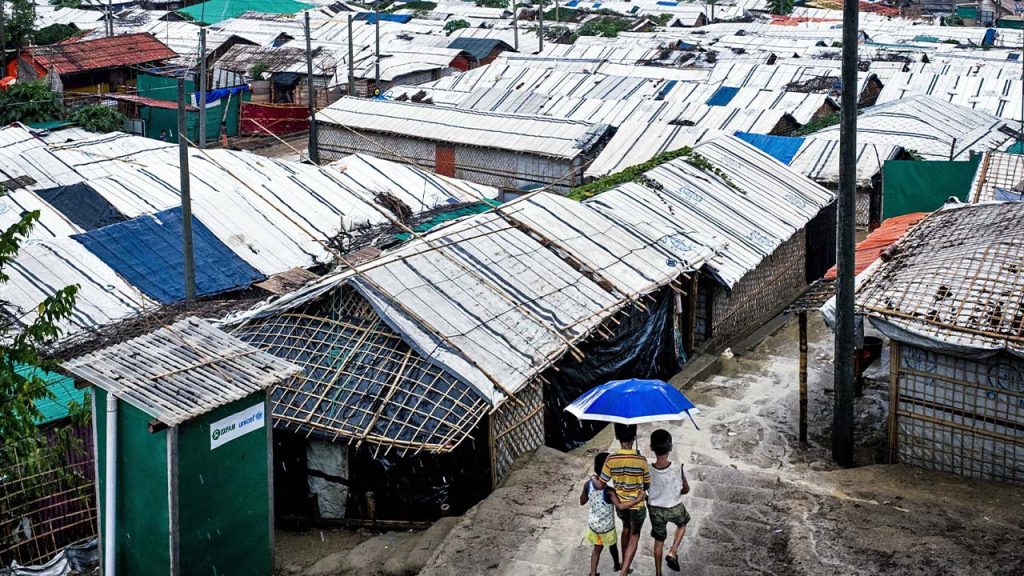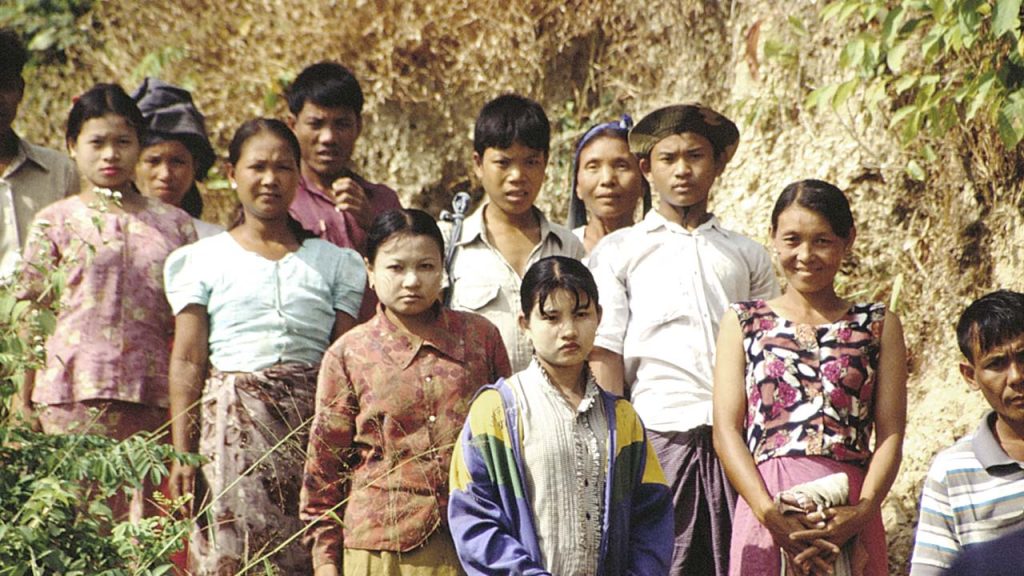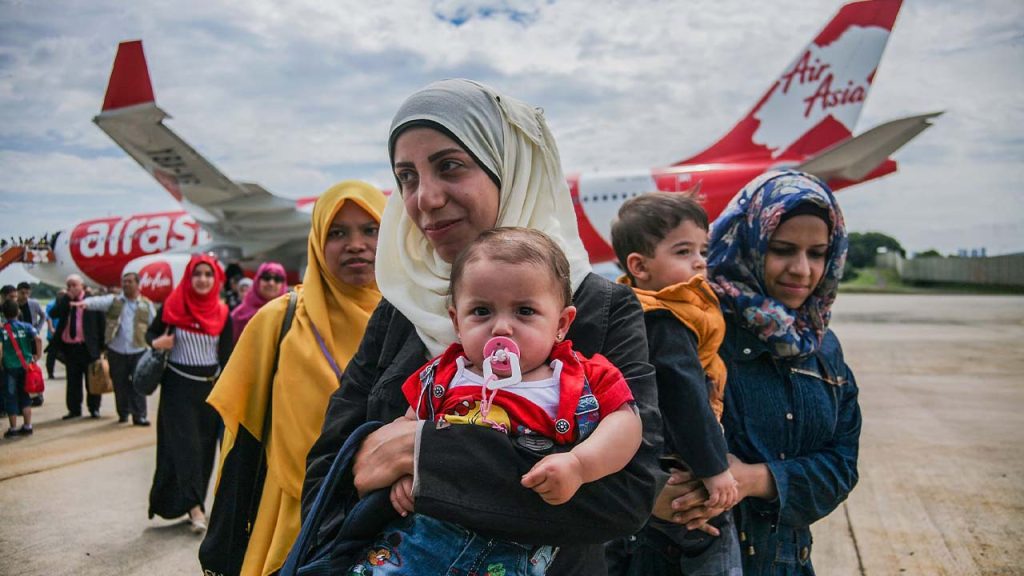Malaysia is home to over 192,240 refugees and asylum seekers, according to the latest December 2024 UNHCR report. It may not be the first country that comes to mind when discussing global refugee movements, but it has quietly become a sanctuary for thousands fleeing violence, persecution, and war. Unlike neighboring Indonesia or Thailand, Malaysia lacks formal refugee laws, yet it remains a preferred destination. Why?
There are several reasons. First, geography and accessibility—Malaysia is relatively close to conflict zones in Myanmar, the Middle East, and South Asia, making it a viable option for those fleeing persecution. Second, its economic stability—while refugees cannot legally work, the country’s robust informal labor market allows many to survive by taking up jobs in construction, agriculture, or domestic work. Third, cultural and religious affinity—Malaysia, a Muslim-majority nation, is seen as a more welcoming environment for persecuted Muslim groups like the Rohingya and Yemeni refugees.
Yet, despite its relative appeal, Malaysia is not an easy destination for refugees. The journey is perilous, often involving smugglers, human traffickers, and exploitative middlemen. Even after arriving, refugees remain in legal limbo, as Malaysia is not a signatory to the 1951 Refugee Convention. Despite that, Malaysia has a long history with refugees.
With no legal status, no work rights, and no access to public healthcare or education, survival in Malaysia is a daily struggle. Among the many communities seeking refuge, three stand out: the Rohingya, the Chin, and refugees from Pakistan, Yemen, and Syria.

The Rohingya: A Stateless People with Nowhere to Turn
The Rohingya form the largest refugee group in Malaysia, with approximately 111,670 registered under UNHCR. They are part of a much larger global diaspora, with over 1 million Rohingya refugees in Bangladesh’s Cox’s Bazar alone.
For decades, the Rohingya have been systematically persecuted in Myanmar. Stripped of citizenship in 1982, they are denied basic rights such as education, healthcare, and freedom of movement. The most devastating blow came in 2017, when a brutal military crackdown led to mass killings, rapes, and entire villages being burned. The UN has described Myanmar’s actions as having “genocidal intent”.
Fleeing to Malaysia is not an easy feat. Many Rohingya refugees first escape to Bangladesh, where over a million live in overcrowded and under-resourced refugee camps. Desperate to find better conditions, some turn to smugglers who promise safe passage to Malaysia, often by boat. The reality, however, is far more harrowing. Many die at sea, fall victim to human trafficking rings, or are arrested upon arrival. Those who make it to Malaysia find themselves stateless and without rights, relying heavily on UNHCR aid and informal work to survive.

The Chin: A Forgotten Refugee Crisis
While much attention is given to the plight of the Rohingya, another persecuted group from Myanmar has also sought refuge in Malaysia—the Chin ethnic minority. There are approximately 58,860 Chin refugees in the country, making them the second-largest refugee community after the Rohingya.
The Chin are predominantly Christian, and their persecution is both ethnic and religious. For decades, Myanmar’s military junta has cracked down on non-Buddhist minorities, forcing them to convert to Buddhism, banning churches, and even using Christian Chin communities as forced labor. While their suffering is not as widely publicized as the Rohingya genocide, they have endured decades of oppression, displacement, and underdevelopment.
Unlike the Rohingya, many Chin refugees do not flee to Bangladesh but instead head to India, Thailand, and Malaysia. In Malaysia, they face similar struggles—no legal status, no work permits, and no access to government schools. However, the Chin community is relatively organized, with churches and grassroots organizations providing food, shelter, and education for refugee children. Some Chin refugees have been lucky enough to be resettled in third countries, such as the United States and Australia, through UNHCR’s refugee relocation programs, but the process is slow and selective.

The Rest: Refugees from Pakistan, Yemen, and Syria
While Myanmar refugees make up the vast majority of Malaysia’s refugee population, there are also thousands of displaced people from Pakistan, Yemen, and Syria. These refugees have fled for a variety of reasons:
- Pakistan: Many Pakistani refugees belong to religious minority groups facing blasphemy accusations, targeted killings, and discrimination. The Ahmadiyya Muslim community, for example, is often persecuted, leading some to flee to Malaysia.
- Yemen: The Yemeni Civil War, which began in 2015, has turned the country into one of the world’s worst humanitarian crises. Airstrikes, famine, and economic collapse have forced many Yemenis to seek refuge abroad, including in Malaysia.
- Syria: The Syrian Civil War, ongoing since 2011, has displaced millions. While most have fled to Lebanon, Turkey, and Jordan, a small number have made it to Malaysia, hoping to rebuild their lives away from conflict.
Though their backgrounds differ, these refugees face the same core struggles in Malaysia—no legal status, no right to work, and limited access to services. Many survive through community networks, informal jobs, and UNHCR assistance.
A Call for Understanding and Support
Refugees do not leave their countries by choice. They flee because they have no other option—because staying behind means death, imprisonment, or a life without dignity. The Rohingya, Chin, and Middle Eastern refugees in Malaysia have endured unspeakable hardships just to escape, only to face new struggles in a country that offers them no legal recognition.
While Malaysia has allowed refugees to stay, it has yet to fully address how to support them in a sustainable way. Humanitarian organizations and NGOs do their best, but they cannot replace government action. Refugees need access to legal work, education for their children, and better protection from exploitation.
As individuals, we can help by raising awareness, donating to refugee-support organizations, and advocating for policies that uphold basic human rights. Malaysia may not be their homeland, but for now, it is their only hope. It is up to us to ensure that hope is not lost.






